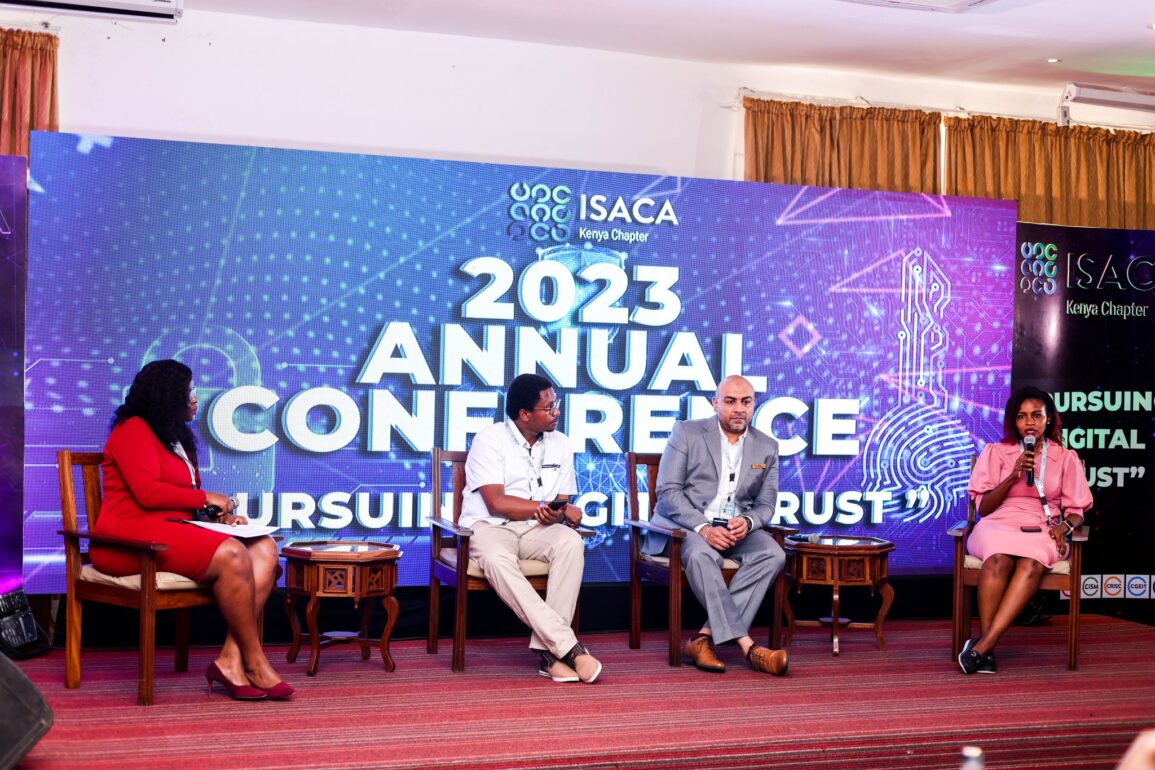Huawei is rolling out a series of cybersecurity solutions designed to automatically counter emerging strains on ransomware in the midst of rising attacks. The Global Cybersecurity Outlook 2022 has found ransomware to be among the highest business concern for cyber leaders, and a threat that has grown 350% globally in the last five years.
In Kenya, every 14 seconds, an organization falls victim to a ransomware attack.
Addressing the ISACA Kenya conference, Maureen Mwaniki, Huawei Kenya Vice Director for Programs Management said that the firm is introducing technology solutions that ensure data is backed-up, encrypted, and then kept separate so that it cannot be taken by hackers.
Huawei Ransomware Protection Storage Solution covers Storage Area Network (SAN), Network-Attached Storage (NAS), and backup storage scenarios. Key technologies — including storage encryption, air gap, secure snapshot, and Write Once, Read Many (WORM) — are used to implement data anti-tampering, security detection, and secure recovery. Some of the new Huawei tools can detect potential ransomware attacks and quickly raise an alarm to minimize data theft or even isolate attacks to keep them away from the main data.
“It is one of the key ways that we will be able to fend off the increasing ferocity of cyber criminals. Whereas 5G is much more secure than 4G owing to the amount of time global industry players spent in working out how it can be secure across the entire network, some of the ICT solutions in the market today are focused on the hardware and interfaces that connect the hardware together,” she noted adding that the cost of recovery following a ransomware attack is Ksh120 million.
Ransomware is software that enables a remote user to access data, make it inaccessible to the original owner, and demands a ransom in order to return that data. It is often caused by phishing, where users are sent emails or other messages that they think are from a trustworthy source, but are not, and are tricked into clicking on certain links that might lead to them downloading or installing viruses or sharing sensitive or personal information. Such information may be abused or sold or used to hack into systems. In some cases, information on an infected network is encrypted and held ransom until payment is made to retrieve the information.
Ransomware as a business model is very effective because the cost to a business from not having their data available may be over 20 times more than the requested ransom, thus encouraging payment.
Ms. Mwaniki said that Huawei is supporting the local tech industry’s end to end approach to cyber security solutions covering the whole network, from the brains to backbone, mobile base station, interfaces with the devices and users on the network.
A key observation is to assume there can be problems in software used on devices, with weaknesses in code or software design, either accidentally or after someone has intervened maliciously in the software development or afterwards in software updates.




